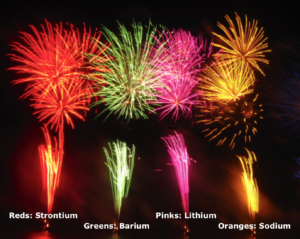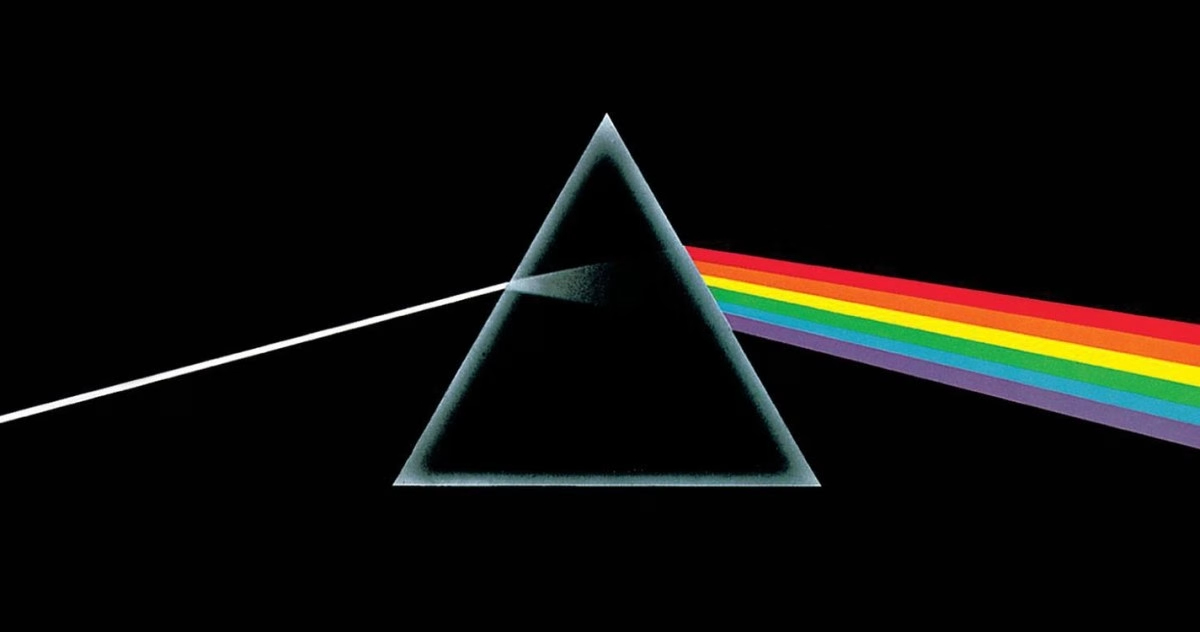
By Dan Boardman CWR Science Guru
With autumn approaching and firework season nearly upon us, we will soon see multicoloured explosions filling the night skies. The colours that drive the ‘ooh’s the ‘ahhs’ in Fireworks are, at their heart, chemical reactions; elemental chemical properties that take place when one chemical is burned or mixed and then burned. Today we’ll take a look at the science of water colours.
At CWR, us ‘scientists’ are often wowed by colourful chemical reactions of a different kind – the sort that happens when we mix chemicals with water samples taken from a client’s taps, boreholes and wells. Our system works on the principal of preventing algal growth by removing the food sources from the water and to do that we need to understand where we’re starting from – essentially what the quality of your water is.
Each chemical has a unique fingerprint of light emission which differs depending on the conditions – for example when it’s burnt or when it’s diluted with water. By shining light through a dilution, the colour we see is driven by which spectrums of light are either absorbed reflected or even emitted by the liquid. What we see tells us what is in the water and therefore what quality that water is.
Chemical Reactions
To investigate the amount of a particular chemical in a water sample, we add other chemicals to look for the reactions. Those reactions – yup, you guessed it, are a change in colour in the sample liquid. This colour change is measured with a useful bit of kit called a ‘Spectrophotometer’, which literally means a ‘measurer of the light spectrum’.
A spectrophotometer works by shining a light at a set wavelength through a sample and measures what is reflected back. So essentially when a particular wavelength doesn’t come back to the sensor we know is was absorbed by a chemical or body within the water that only reacts with that wavelength.
Every day you see some of these light properties in the world around you: from lighting, to paint colours. The glow of neon, the brilliant white of titanium dioxide, rusty iron oxide yellows and chromium greens, all due to which spectrums of light the surface you’re looking at absorbs and which the surface reflects back into your eyes.
It may seem odd for a natural pool company, but to remove organics and chemicals from water, you have to understand them and to know what’s there. For us, the perfect sample is the one that remains without colour as it means there is nothing in the water.
So What Might We See?
An ammonia reaction goes from yellow to apple green in the presence of ammonium ions; they react to form a blue colour which, when added to the yellow of the test solution, produces green. So if there’s green we know there is ammonia in the sample.
Nitrite, the precursor to nitrate in the nitrogen cycle, and a principal driver of algal growth in water, produces a delicate pink when present. We test using the same method used to test for the explosive nitroglycerine (fortunately none of that is in our pools!). Nitrate turns a vibrant red at high levels, so for us the lighter the shade, the less nitrate is in the water and the more efficient our filter system.
Last, but not least, our phosphate testing works over a blue range from clear to a deep Oxford blue – excellent for the boat race but not for swimming, as a deep blue would indicate your water is chock full of phosphate and practically a Michelin Starred restaurant for algae and biofilms.
So there you have it! The CWR science of water colours. Enjoy the rest of your swimming season, the lovely autumnal oranges and browns of the trees and the bangs and flashes of the fireworks!

